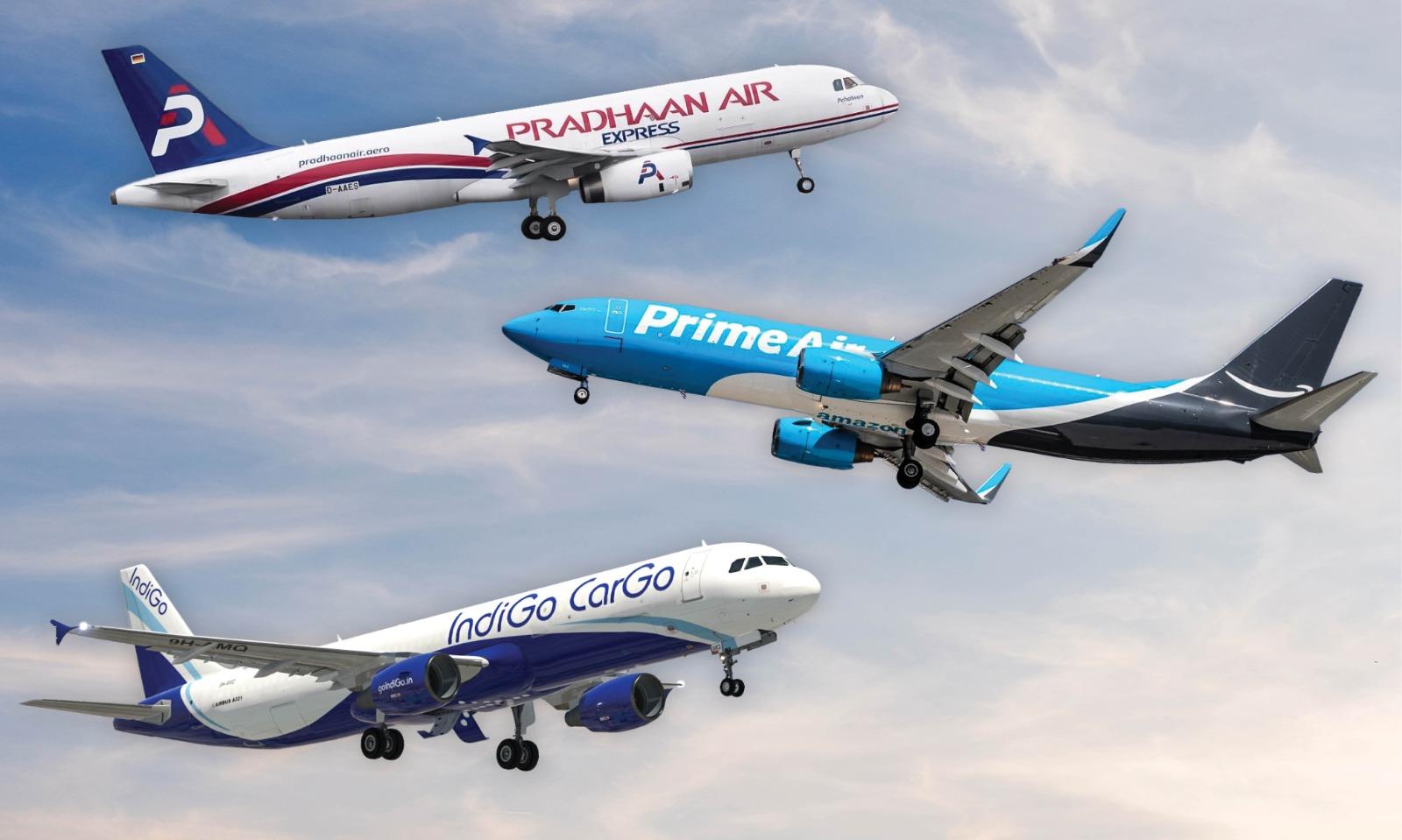The Need for Speed: Unveiling the True Efficiency of Air Travel vs. Train Travel
In today's fast-paced world, where time is of the essence, choosing the most efficient mode of transportation is crucial. Air travel and train travel are two popular options, each with its own advantages and disadvantages. In this blog post, we will delve into the question: Is air travel faster than train travel? We will explore various aspects, including speed, accessibility, convenience, and environmental impact, to provide you with a comprehensive analysis.
- Speed:
When it comes to sheer speed, air travel takes the lead. Commercial airplanes can reach astonishing speeds of up to 600 miles per hour, allowing passengers to cover long distances in a fraction of the time it would take by train. On the other hand, trains generally operate at lower speeds, averaging around 50-70 miles per hour. However, it's important to consider other factors beyond speed alone. - Accessibility:
Airports are often located outside city centers, requiring additional time and transportation to reach them. In contrast, train stations are usually situated in the heart of cities, providing easy access for commuters. This accessibility advantage can offset the time saved by air travel, especially for shorter distances or when considering overall travel time, including pre-flight procedures and baggage claim. - Convenience:
Air travel offers a higher level of convenience in terms of scheduling and frequency. Airlines operate numerous flights daily, providing travelers with a wide range of departure and arrival times to choose from. This flexibility allows passengers to plan their trips more efficiently. Conversely, train schedules may be less frequent, limiting options for travelers. However, trains often offer more spacious seating, ample legroom, and the ability to move around freely during the journey, enhancing overall comfort. - Environmental Impact:
In recent years, environmental concerns have become increasingly important in transportation decisions. Air travel is known to have a higher carbon footprint compared to train travel. Aircraft emissions contribute significantly to greenhouse gas emissions and air pollution. Trains, on the other hand, are generally considered a more sustainable mode of transportation, emitting fewer pollutants per passenger mile. For environmentally conscious travelers, train travel may be a more appealing choice.
Conclusion:
In conclusion, while air travel is undeniably faster than train travel, it is essential to consider other factors when determining the most efficient mode of transportation. Accessibility, convenience, and environmental impact all play significant roles in the decision-making process. For long-distance travel, where time is of the essence, air travel may be the preferred option. However, for shorter distances or when considering environmental sustainability, train travel offers a viable alternative. Ultimately, the choice between air and train travel depends on individual preferences, priorities, and specific travel requirements.

Post Comment